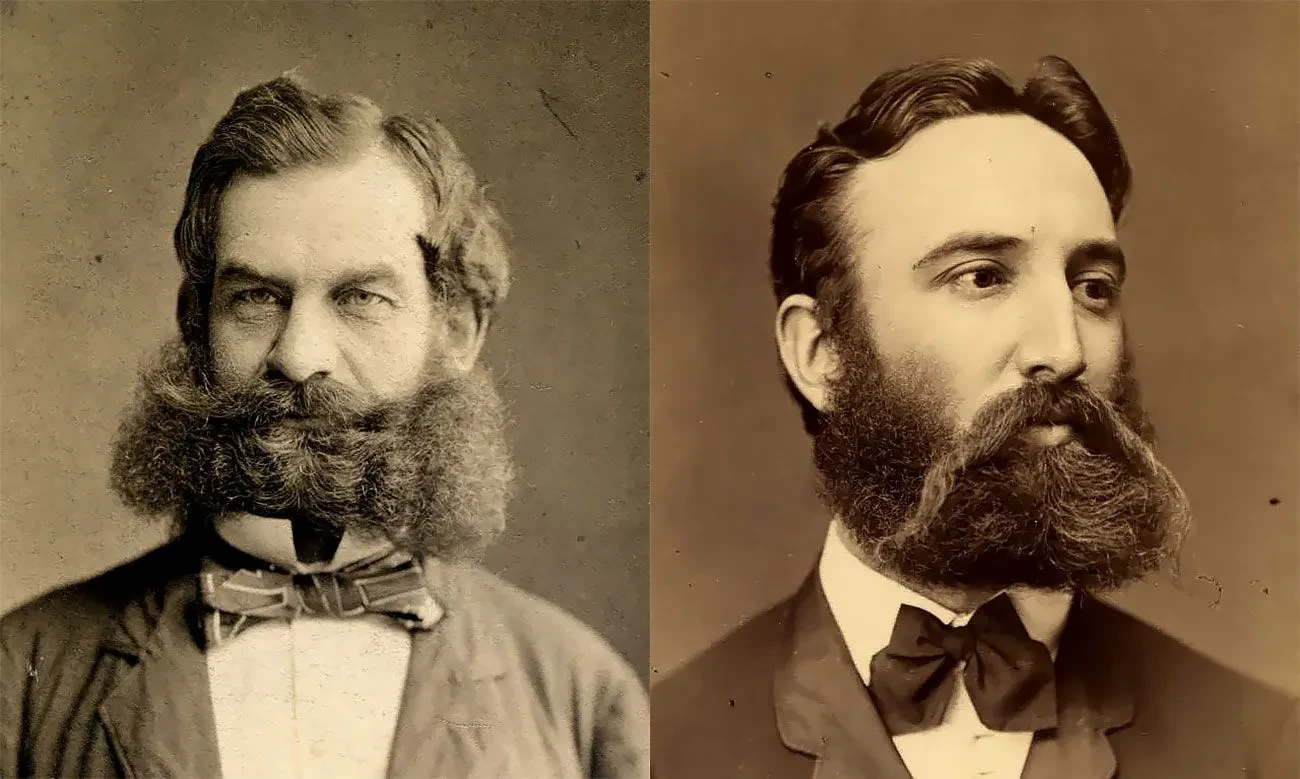The 1800s – a century of incredible technological advancements, societal shifts, and, of course, some seriously impressive beards. Forget the clean-shaven look; the 19th century was all about embracing the power of facial hair. From handlebar mustaches to full-blown, flowing beards, men expressed themselves through their carefully cultivated whiskers. Let’s take a trip back in time and explore the magnificent world of 1800s beard styles.
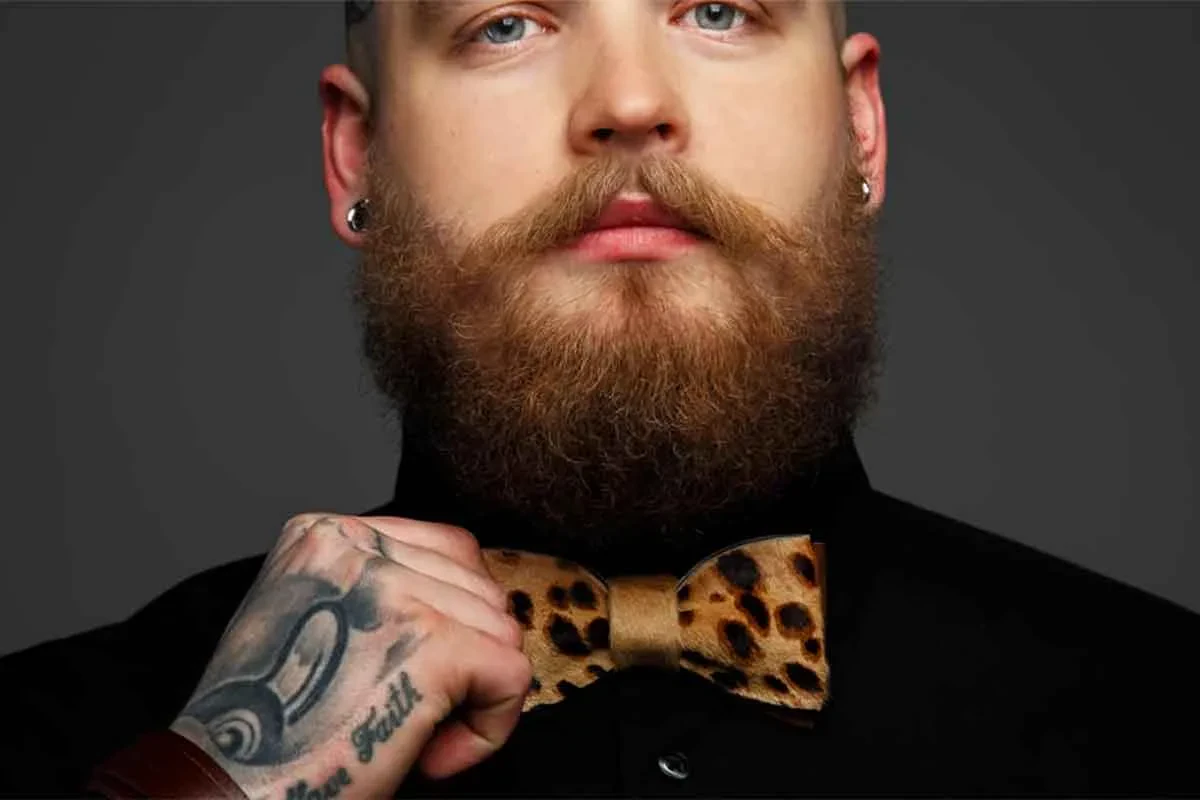
The popularity of beards fluctuated throughout the 1800s, influenced by trends, social status, and even practical considerations. Early in the century, more sculpted and neatly trimmed styles were popular. But as the century progressed, so did the size and magnificence of the average man’s beard.
Iconic 1800s Beard Styles
Let’s delve into some of the most recognizable beard styles of the era:
- The Full Beard: A classic, long, and full beard that often extended down the chest.
- The Muttonchops: Thick sideburns that connect to a mustache, but leave the chin bare.
- The Garibaldi: A full, rounded beard that covers the cheeks and chin, often with a less defined mustache.
- The Chin Beard (or Chinstrap): A thin line of beard that outlines the jawline.
- The Goatee: A small beard under the chin, often paired with a mustache.
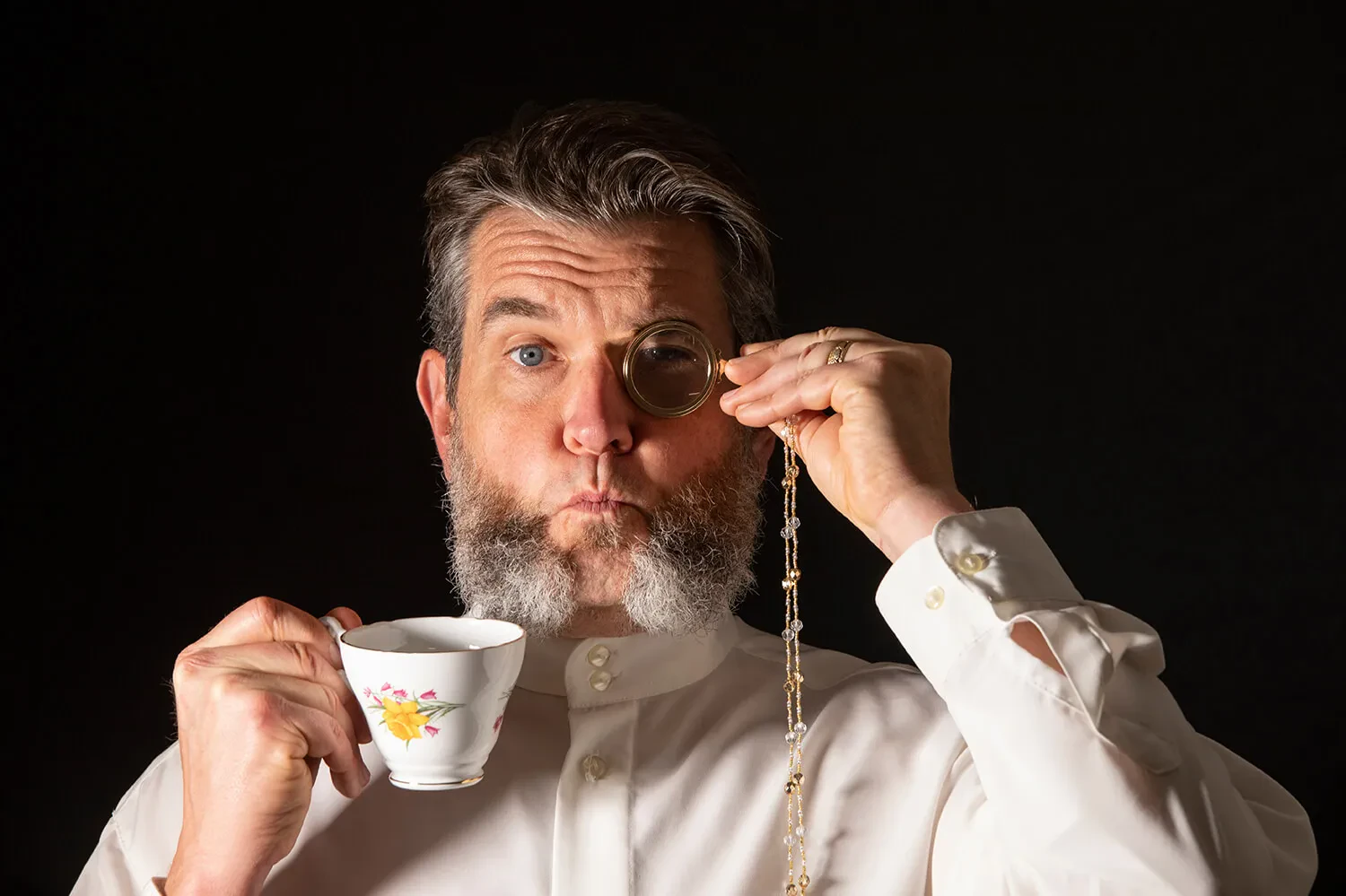
But it wasn’t just about the type of beard. Maintaining these magnificent specimens of facial hair required dedication and skill. Specialized grooming tools, like beard brushes, combs, and oils, were essential to keep these beards looking their best. Think of it as the 19th-century equivalent of the modern beard care routine.
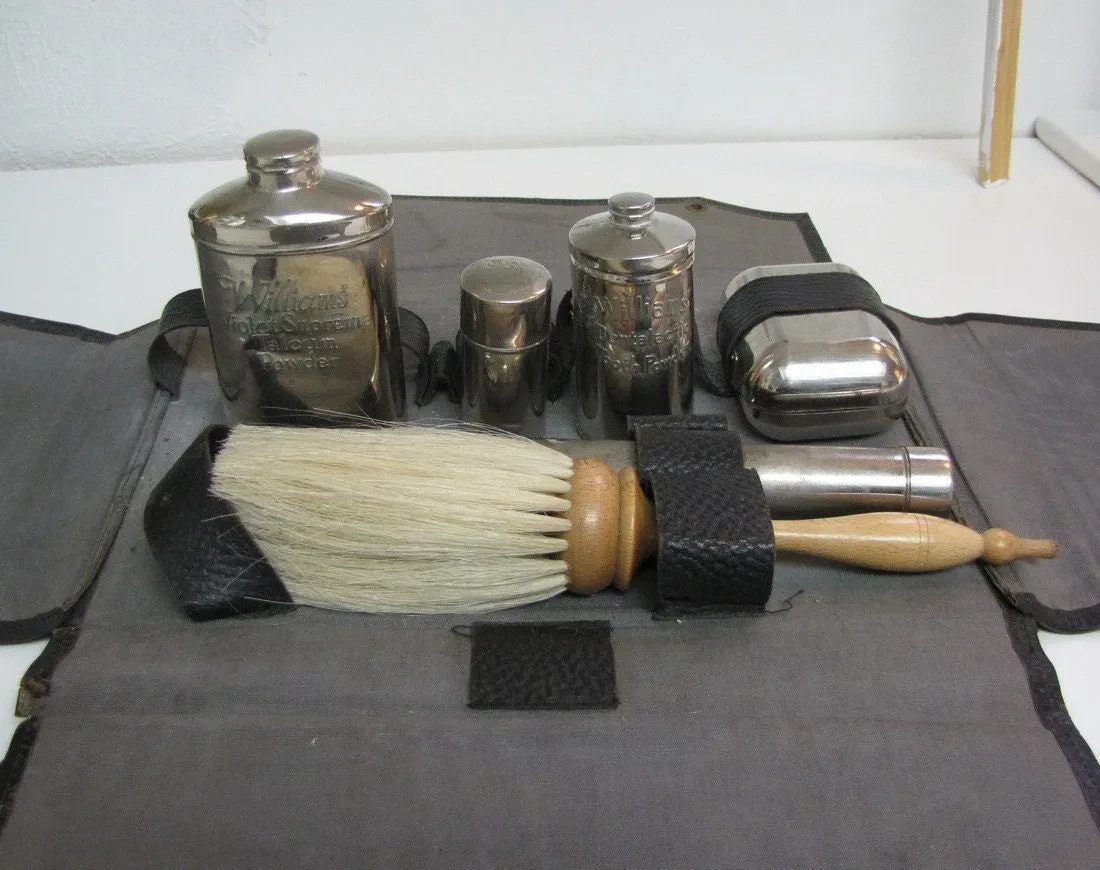
The Social Significance of the Beard
Beards weren’t just a fashion statement; they often signified social status, profession, and even political beliefs. A well-groomed beard could project an image of respectability, wisdom, and even masculinity. Certain professions might favor specific styles, for instance, sailors might have different beard styles than gentlemen of leisure.
Conversely, a lack of beard could sometimes be interpreted as a sign of youth, rebellion or simply a lack of personal attention to detail. It was a powerful visual cue in a society that communicated much through nonverbal means.
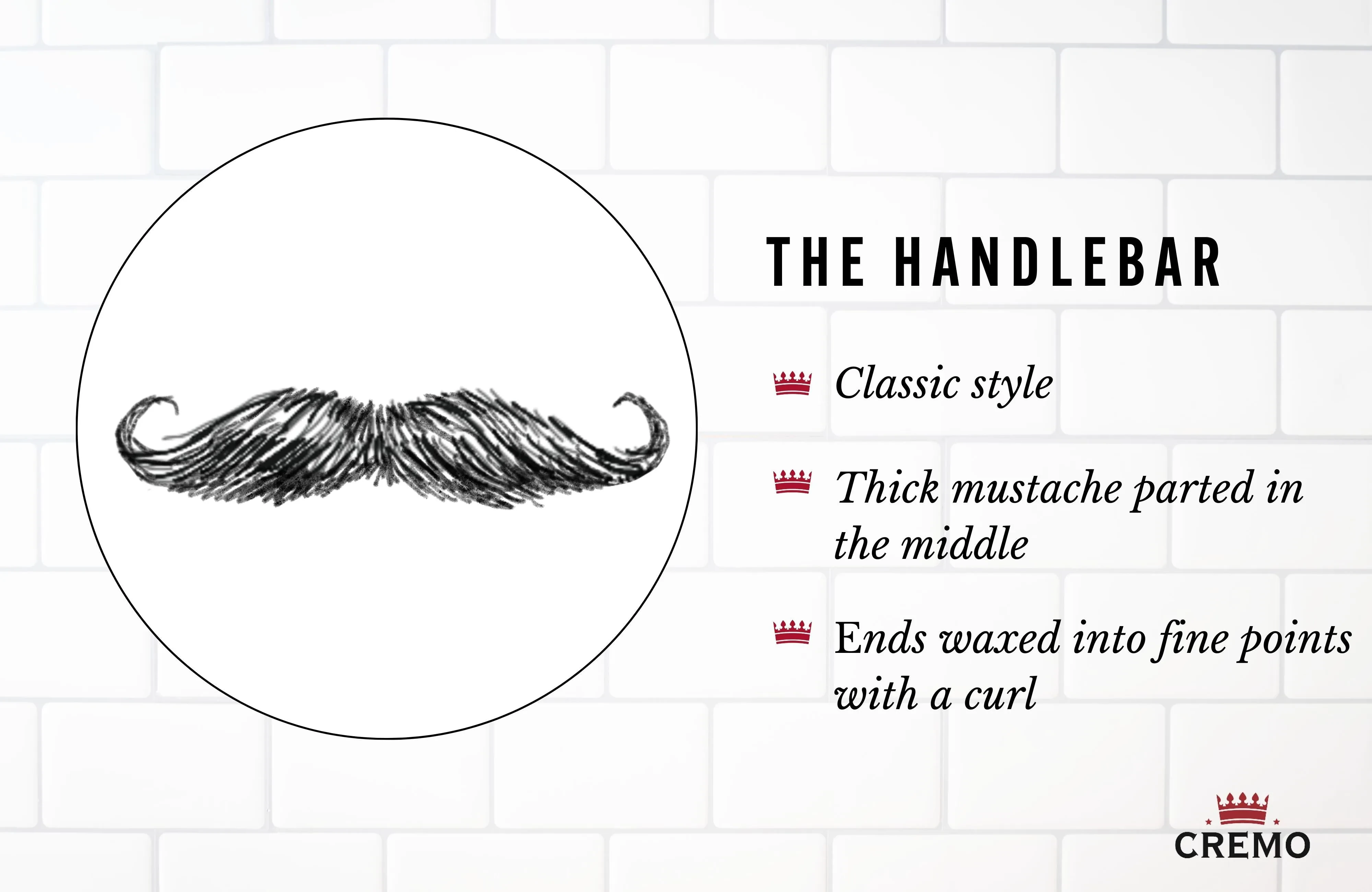
The styles also varied by region and culture. Even within the same country, different beard styles might be associated with particular classes or subcultures. It’s fascinating to think of the complex social dynamics that played out through this seemingly simple aspect of appearance.
Bringing the 1800s Beard into 2024
So, how can you channel your inner 19th-century gentleman in 2024? While you might not need to meticulously sculpt your beard to match the standards of the era, the spirit of these styles remains relevant. Many of these beard styles are experiencing a resurgence in popularity.
Consider growing a full beard, experimenting with muttonchops, or even sporting a well-maintained goatee. Remember though, you’ll want to keep it neat, tidy, and styled to avoid looking like you’ve stepped straight out of a history book and into a boardroom.
The key is to find a style that suits your face shape and personal style. Don’t be afraid to experiment – after all, the 1800s were a time of bold self-expression through facial hair, and there’s no reason you can’t follow suit today!
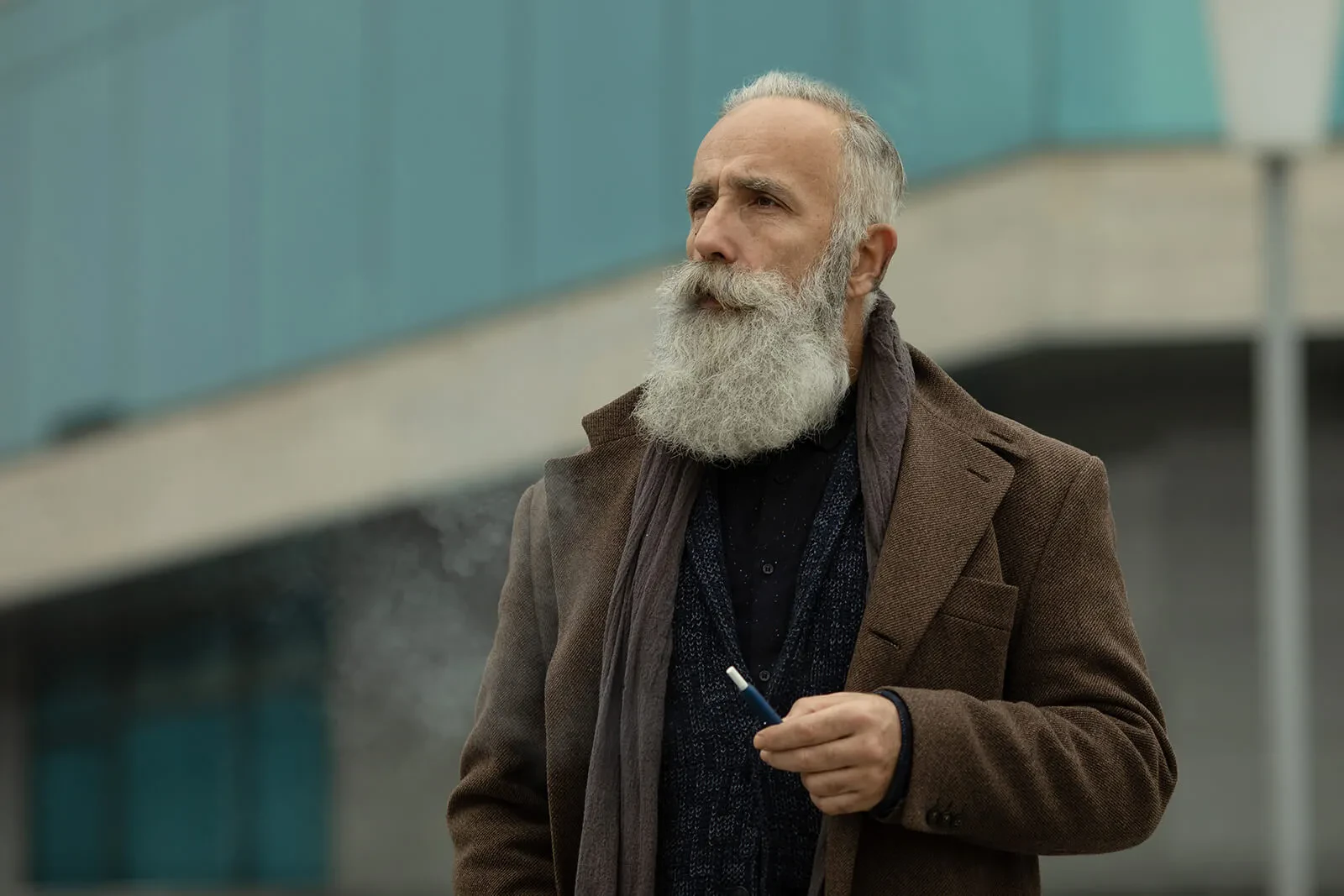
So, embrace the legacy of the 1800s beard. Grow that magnificent mane, experiment with different styles, and show the world your commitment to facial hair artistry. After all, a well-maintained beard is a testament to dedication, style and a touch of awesome historical flair.
